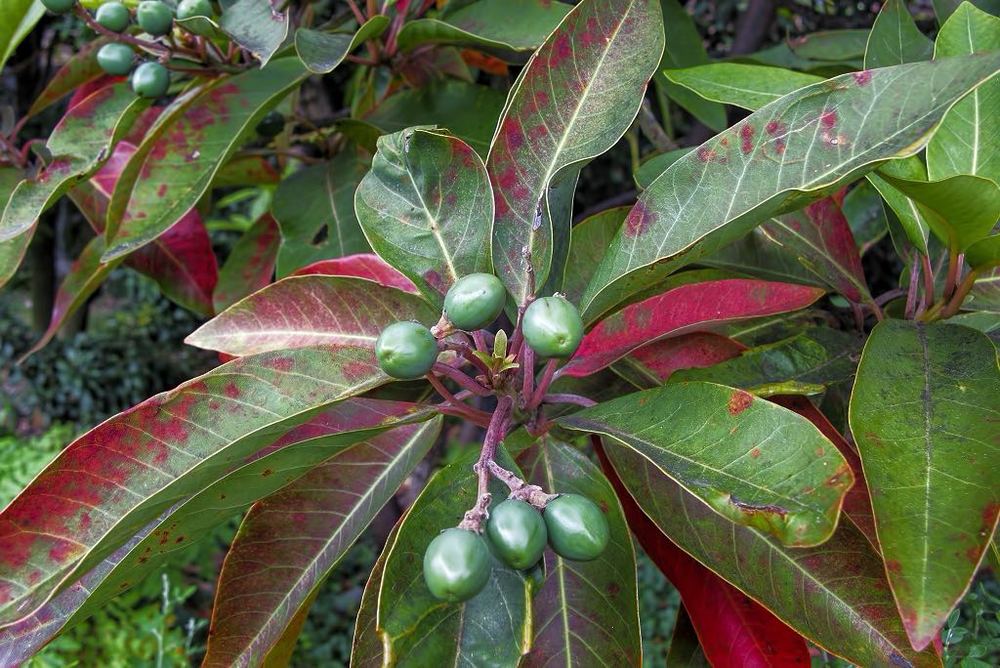Plants on Madeira – Part Two
Plants on Madeira
Endemic plants are special because they are found in only one location on the planet, and nowhere else. In this case, the plants listed here are endemic to the Madeira Archipelago. Next are the following five endemic plants you most probably will encounter during your trips and walks around Madeira. In addition, the first five plants can be found here.
Scented Bay
This evergreen tree (Laurus Novocanariensis) is common in the Laurisilva forest. The Laurel grows up to a height of 20 meters and it is the most common laurel of the Laurisilva. Its unisexual white – yellowish flowers form little balls which later turn into a dark olive shaped fruit. It is endemic to Madeira. Madeira cooking specialties famously uses the scented bay laurel. The young branches are cutoff and used as barbecue skewers for the island famous espetada – (beef brochettes or kebab). Its leaves flavor many typical Madeiran dishes. The squeezed “olives” produce the “laurel oil” – a favorite in grandmother’s traditional medicinal cabinet.
Flowering: November to April
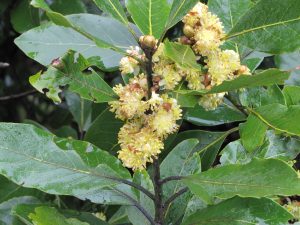
Madeira Juniper
This Juniper (Juniperus Cedrus Maderensis) is endemic to Madeira. Since it lives in relatively high altitudes (generally above 1400m), it mostly clings onto exposed rock outcrops. In previous centuries, the Juniper wood was exploited and used for carpentry. The ceiling of the Se Cathedral in Funchal is a perfect example of such beautiful woodwork. Finally, wildfires are the major threat hindering conservation efforts of this particular species of Juniper.
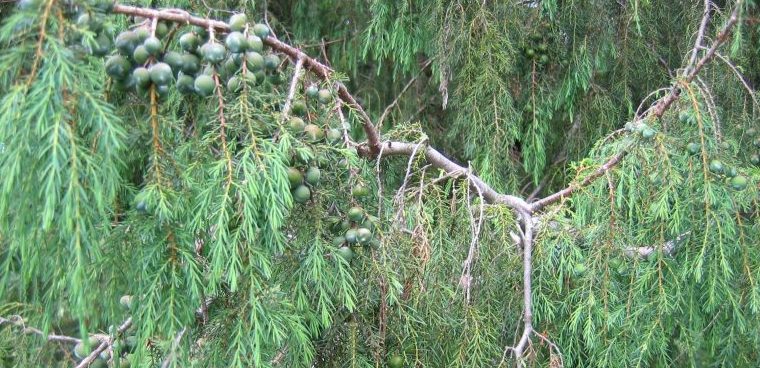
Barbusano
This Barbusano (Apollonias Barbujana) is an evergreen tree from the Laurel family. It is endemic to Madeira and found mostly in the Laurisilva Forest. Its flowers are small and white in color with a yellowish interior. The ripe fruit looks like an small black olive. This species of Laurel needs less water to thrive than most other Laurel varieties.
Flowering: October to may
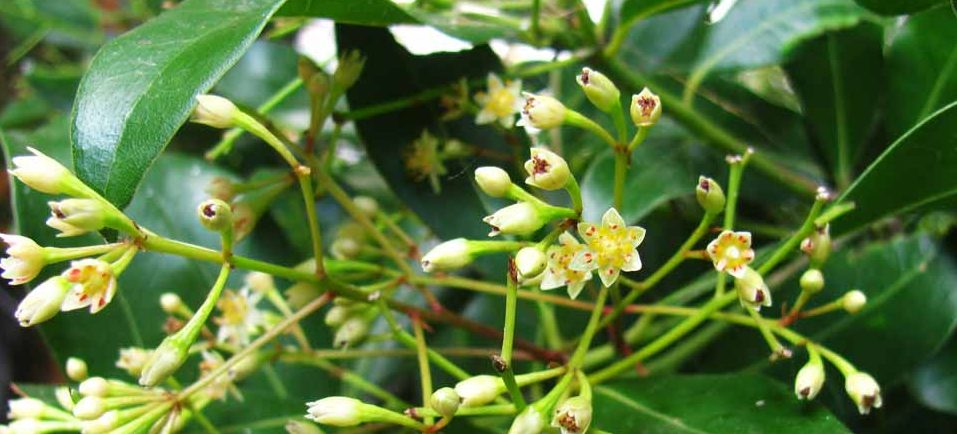
Fetid or Foul Laurel
The Madeira Laurel (Ocotea Foetens) or stink laurel is an endemic evergreen tree reaching 30 to 40 meters in height with a dense crown. Therefore, as indicated in its name, the stink laurel is not a kitchen ingredient. This tree gives off an unpleasant odor (hence the name of fetid laurel) when freshly cut due to its richness in essential oils. This is the tallest of all native trees on Madeira. Most noteworthy, during the early settlement period of Madeira, thousands of old Foul Lauren are cut and sent to mainland Portugal. It thrives between 500 and 1500m of altitude. The flowers are small and greenish-white in color. The Madeira Laurel Pigeon (Columa Trocaz) loves the fruits of this species.
Flowering: July to December
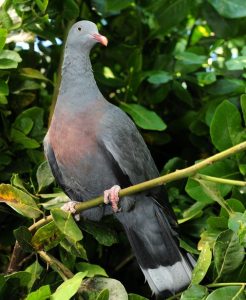
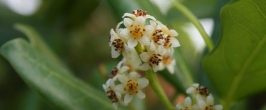
Madeiran Mahogany
The Madeira Mahagony (Persea Indica) is another laurel species living on and endemic to Madeira and its Laurisilva Forest. Its reddish wood, known as Madeira Mahagony, was used for furniture carpentry and fine cabinet making. The older reddish leaves help in the recognition of this particular species. The flowers are small and whitish.
Flowering: August to November
